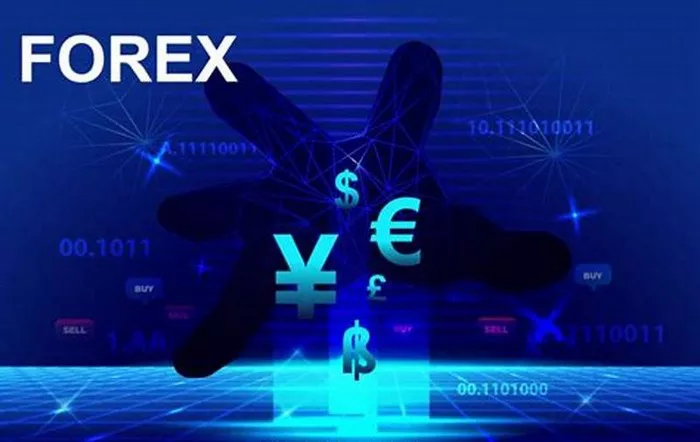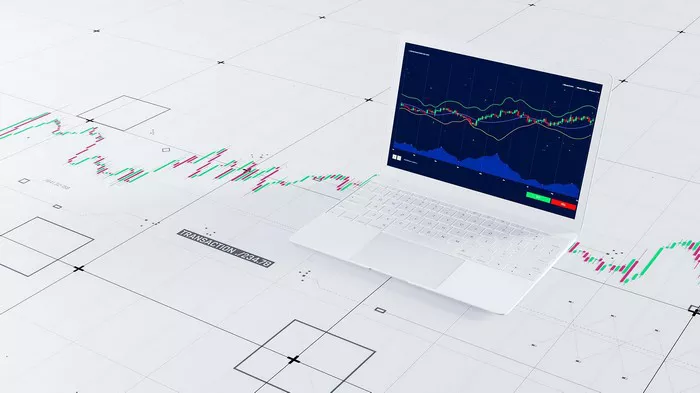The United Arab Emirates Dirham (AED) is one of the few currencies globally that is pegged to the United States Dollar (USD). This peg is an essential aspect of the UAE’s monetary policy and economic stability. Understanding why the AED is pegged to the USD requires exploring the history, benefits, and implications of this currency peg. This article provides a comprehensive overview of the factors contributing to this decision and the impact it has on the UAE’s economy.
Understanding Currency Pegging
What is a Currency Peg?
A currency peg is a monetary policy wherein a country’s currency value is tied to another major currency. This mechanism is often used to stabilize a country’s currency by reducing volatility and providing greater predictability in exchange rates.
Types of Currency Pegs
Fixed Peg: The currency’s value is fixed to another currency at a specific rate.
Floating Peg: The currency’s value is allowed to fluctuate within a set range around a target value.
Currency Board Arrangement: A more rigid form where the domestic currency can only be issued if backed by foreign reserves.
The AED is classified as a fixed peg since it maintains a specific exchange rate against the USD.
Historical Context of the AED Peg to the USD
Introduction of the AED
The AED was introduced in 1973, replacing the Qatar and Dubai Riyal. When it was established, the UAE sought to create a stable currency that could support its growing economy, which was primarily driven by oil exports.
Establishing the Peg
In 1980, the UAE government officially pegged the AED to the USD at a rate of approximately 3.67 AED to 1 USD. This decision was influenced by several factors, including the need for economic stability, the growing influence of the US economy, and the importance of oil transactions typically conducted in USD.
Reasons for Pegging the AED to the USD
Economic Stability
Mitigating Exchange Rate Risk: Pegging the AED to the USD helps reduce exchange rate risk for businesses engaged in international trade. Companies can plan their budgets and pricing strategies with more certainty.
Inflation Control: A stable currency helps control inflation, which is crucial for maintaining economic stability. A pegged exchange rate discourages speculative attacks and keeps prices stable for consumers.
Trade and Investment
Oil Exports: The UAE is one of the world’s largest oil exporters, and oil is predominantly traded in USD. Pegging the AED to the USD ensures that the value of oil revenues remains stable, providing certainty for the government and businesses.
Attracting Foreign Investment: A stable exchange rate is attractive to foreign investors. By pegging the AED to the USD, the UAE presents itself as a stable investment destination, encouraging capital inflows.
Economic Diversification
Supporting Economic Growth: The UAE has worked to diversify its economy beyond oil, focusing on tourism, finance, and trade. A stable currency is vital for fostering an environment conducive to growth in these sectors.
Developing the Financial Sector: A strong financial sector is essential for economic diversification. A stable AED attracts foreign banks and financial institutions, enhancing the UAE’s role as a financial hub in the region.
Implications of the AED Peg to the USD
Benefits of the Peg
Exchange Rate Predictability: Businesses and consumers benefit from a predictable exchange rate, facilitating trade and investment planning.
Lower Interest Rates: The peg can lead to lower interest rates in the UAE, as the Central Bank aligns its monetary policy with that of the US Federal Reserve. Lower interest rates promote borrowing and spending.
Encouraging Tourism: A stable currency attracts tourists, as they feel more secure in their financial transactions. This is particularly important for the UAE, which relies heavily on tourism.
Challenges of the Peg
Loss of Monetary Policy Independence: By pegging the AED to the USD, the UAE sacrifices some control over its monetary policy. Changes in US monetary policy can impact the UAE’s economy, limiting its ability to respond to local economic conditions.
Risk of Economic Shocks: The peg can expose the UAE to economic shocks originating from the US economy. If the USD strengthens or weakens significantly, it can impact the competitiveness of UAE exports.
Overvaluation Risks: If the USD strengthens considerably, the AED may become overvalued, making UAE exports more expensive for foreign buyers. This can lead to trade imbalances and affect economic growth.
See Also: Why Has the AUD Dropped So Much?
The Role of the Central Bank of the UAE
Currency Management
The Central Bank of the UAE plays a crucial role in managing the AED peg to the USD. It monitors the exchange rate and intervenes when necessary to maintain the peg.
Interest Rate Adjustments
The Central Bank sets interest rates in alignment with the US Federal Reserve to ensure the peg remains stable. This involves adjusting rates based on US economic conditions, which can sometimes conflict with domestic economic needs.
Reserve Management
To maintain the peg, the Central Bank must hold sufficient USD reserves. This requires careful management of foreign exchange reserves to ensure the stability of the AED.
The Future of the AED Peg
Ongoing Commitment to the Peg
The UAE has expressed a strong commitment to maintaining the AED’s peg to the USD. This commitment is crucial for ensuring economic stability and fostering investor confidence.
Potential for Change
While the peg has served the UAE well, some analysts speculate about the potential for a shift in monetary policy in the future. Factors that could influence this include:
Global Economic Shifts: Changes in the global economic landscape could prompt a reevaluation of the peg.
Regional Currency Dynamics: The introduction of a regional currency or changes in neighboring countries’ monetary policies may influence the UAE’s approach.
Economic Diversification Success: The continued success of economic diversification could lead to discussions about the appropriateness of the peg.
The Role of Cryptocurrency and Digital Currency
As digital currencies gain popularity, the future of traditional currency pegs may be affected. The UAE has been exploring the use of cryptocurrencies and digital currencies, which could impact the status of the AED peg in the long term.
Conclusion
The decision to peg the AED to the USD has been instrumental in ensuring economic stability and fostering growth in the UAE. This arrangement provides predictability in exchange rates, supports trade and investment, and helps maintain inflation control.
While the peg has numerous benefits, it also presents challenges, such as a loss of monetary policy independence and exposure to external economic shocks. The Central Bank of the UAE plays a vital role in managing the peg and ensuring that the AED remains stable.
Looking ahead, the commitment to the peg remains strong, but global economic shifts and technological advancements may influence future monetary policies. Understanding the reasons behind the AED’s peg to the USD is essential for anyone looking to engage with the UAE’s economy, whether as an investor, business owner, or consumer.
Related topics:





























